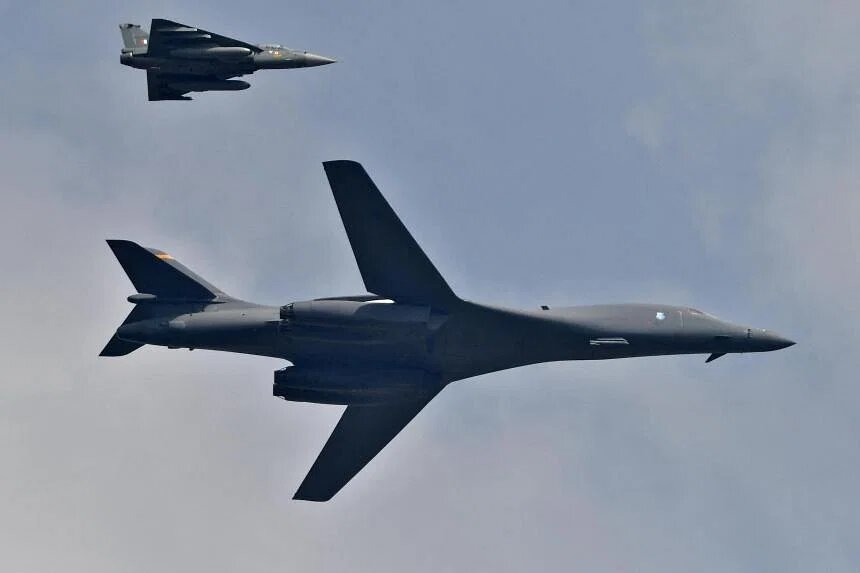As arms corporations swarmed to a major air show for a chunk of India’s vast import budget, Prime Minister Narendra Modi announced plans to more than increase annual defence exports to $5 billion over the next two years.
As its airlines try to complete jetliner purchases to meet civilian demand and press global aircraft manufacturers to produce more locally, mainly through partnerships, the country is looking to sign defence deals worth 750 billion rupees ($9 billion) at the biennial five-day Aero India event, its biggest ever.
India has been one of the world’s largest defence equipment importers for decades, but its arms exports have lagged behind.
New Delhi’s export goals show its growing power as it exploits big imports to encourage investment in its domestic sector.
In his show speech, Modi added, “Today, India is not just a market for defence industries, it is also a prospective defence partner.” “India’s private sector should invest more in defence.”
He stated that 75 countries import Indian defence products.
Hindustan Aeronautics (HAL) (HIAE.NS) Dhruv helicopters were exported to the Philippines, Mauritius, and Ecuador, as were BrahMos Aerospace’s supersonic cruise missiles. HAL has offered Malaysia its Tejas light fighter plane.
India exports offshore patrol vessels, coastal surveillance equipment, avionics, chaff rocket launchers, and radar spares.
The air show promotes Tejas, Dhruv, HTT-40 training aircraft, Dornier light utility helicopter, and light combat helicopter exports.
India wants smaller domestic enterprises and startups to create parts for large defence products globally and attract foreign investment for joint product development and production.
Defence analysts questioned India’s goal.
“From just a 0.2% stake in global arms exports, becoming a significant exporter is a long haul,” said Amit Cowshish, a former finance advisor in the Defence ministry and a former distinguished fellow at the Manohar Parrikar Institute for Defence Studies and Analyses in New Delhi.
“Some of the biggest importing countries, even if they are interested, will find it impossible to fight efforts from Europe and the U.S. to contemplate buying whatever little we have by way of key equipment and platforms,” Cowshish added.
PRESSURE TO DIVERSIFY
Officials celebrated Tejas and Sukhoi 30 fighter jet aerobatics at the Aero India event at Yelahanka Air Force Station near Bengaluru.
India’s Soviet-era air force fleet needs modernization as it borders nuclear-armed China and Pakistan.
Russian state news agencies claimed late Sunday that Russia supplied India with $13 billion in guns over the past five years. EU and US suppliers have been fighting for a larger part of the market.
India must diversify its supply source due to Russia’s invasion of Ukraine and Western pressure on New Delhi to cut ties with Moscow.
Airbus, Boeing, Dassault Aviation, Lockheed Martin, Israel Aerospace Industry, BrahMos, SAAB (SAABb.ST), Rolls Royce, Larsen & Toubro (LART.NS), HAL, and Bharat Electronics Ltd. exhibit at the exhibition (BAJE.NS).
Tata Group’s Air India is likely to announce a historic deal to buy over 500 jets from Airbus and Boeing, for over $100 billion at list prices.
The transaction coincides with India’s largest industry meeting, where suppliers seek to secure spin-off contracts from defence and civil aviation expansion.
